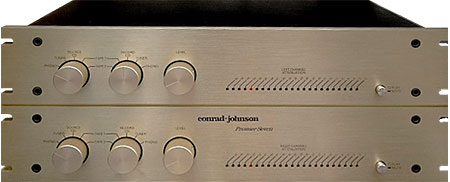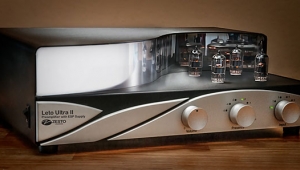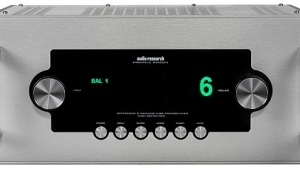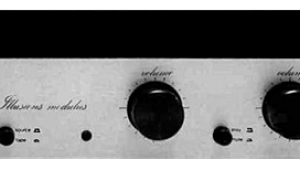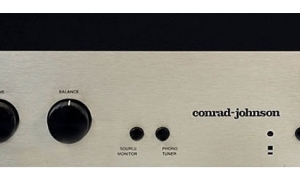| Columns Retired Columns & Blogs |
Enter not the PV-9 but the Evolution 20 'SE' version the one Chassis Premier Seven with all the right ergonomics and great sound.
'SE' version had the same updates as the Premier Seven 'B' and the same tubecomplement.
